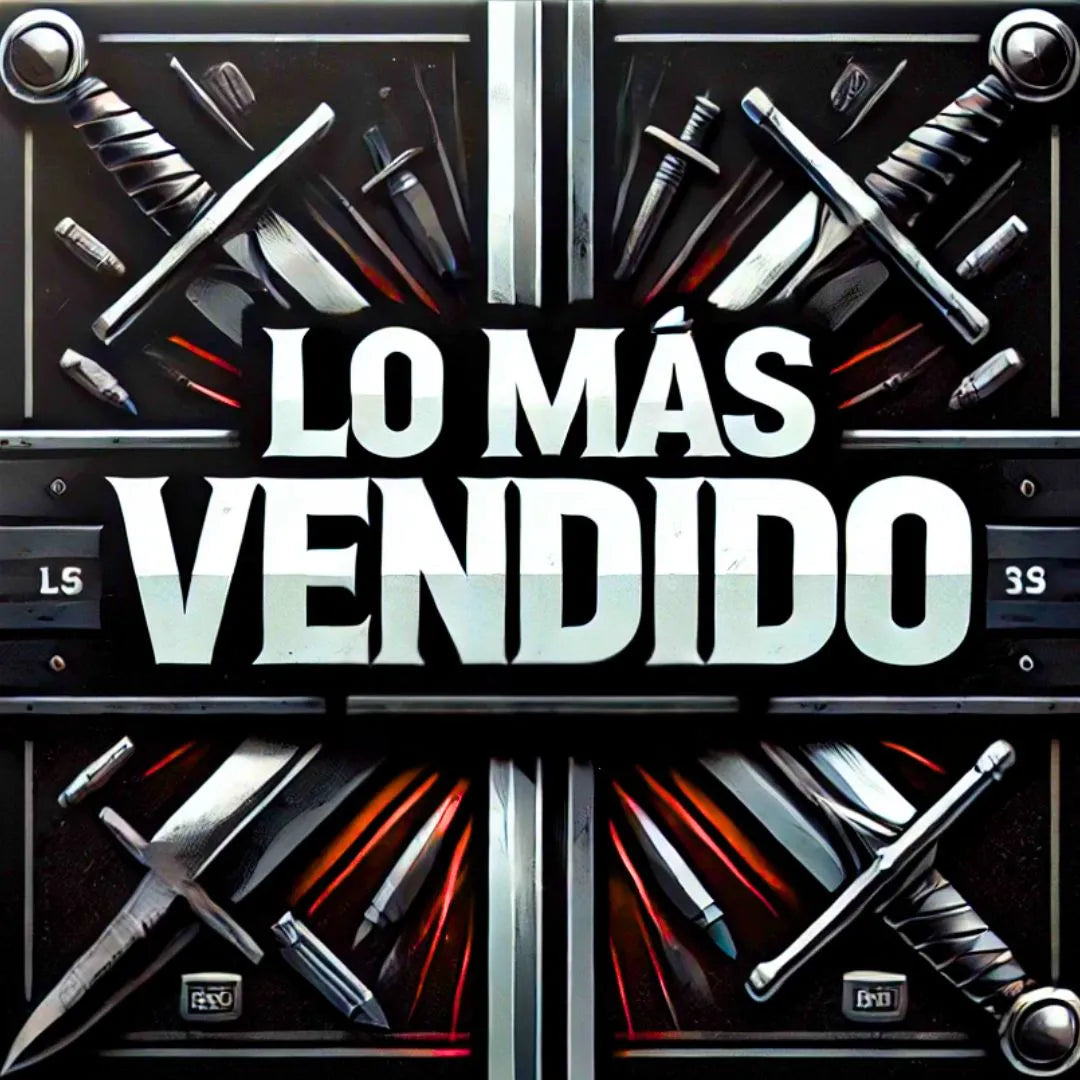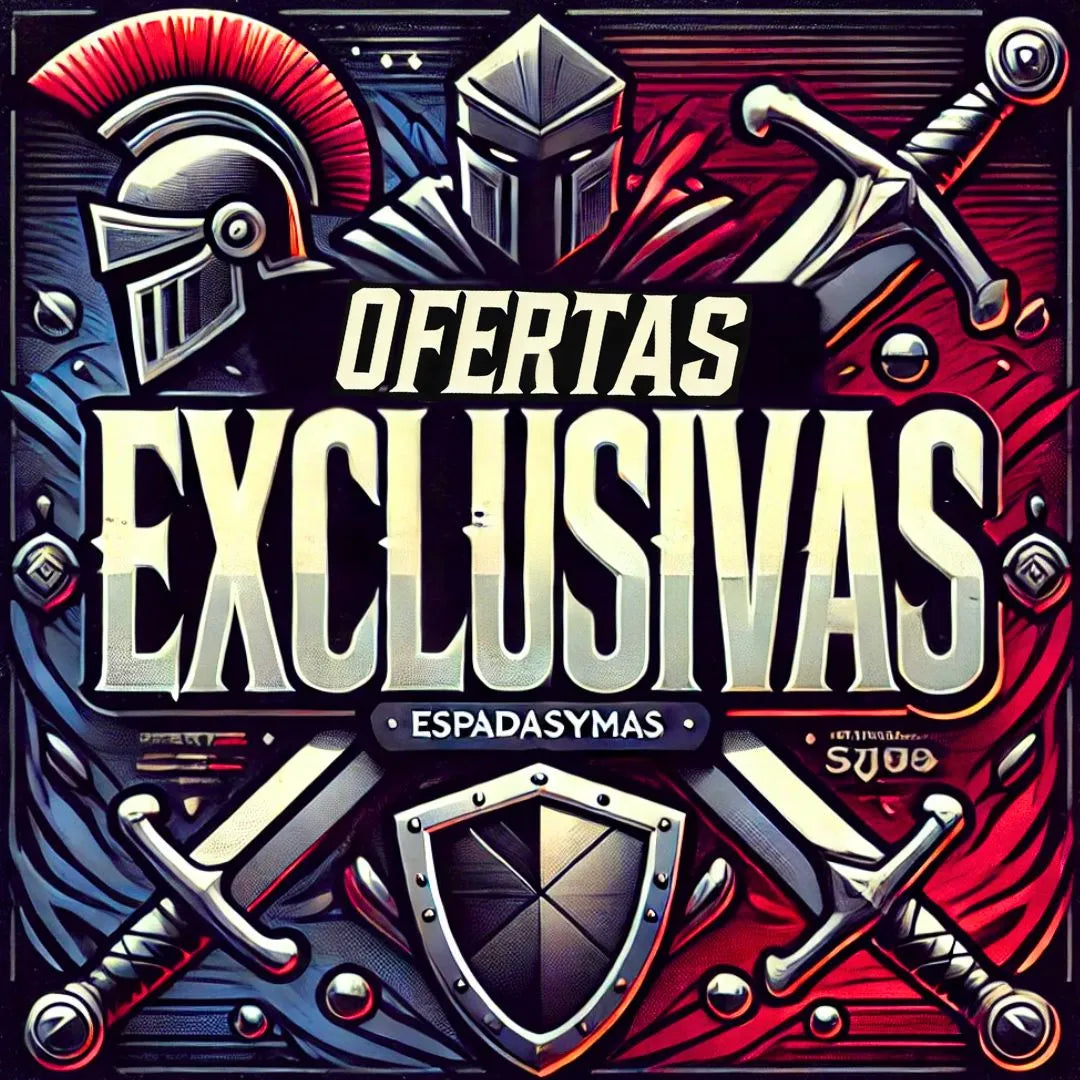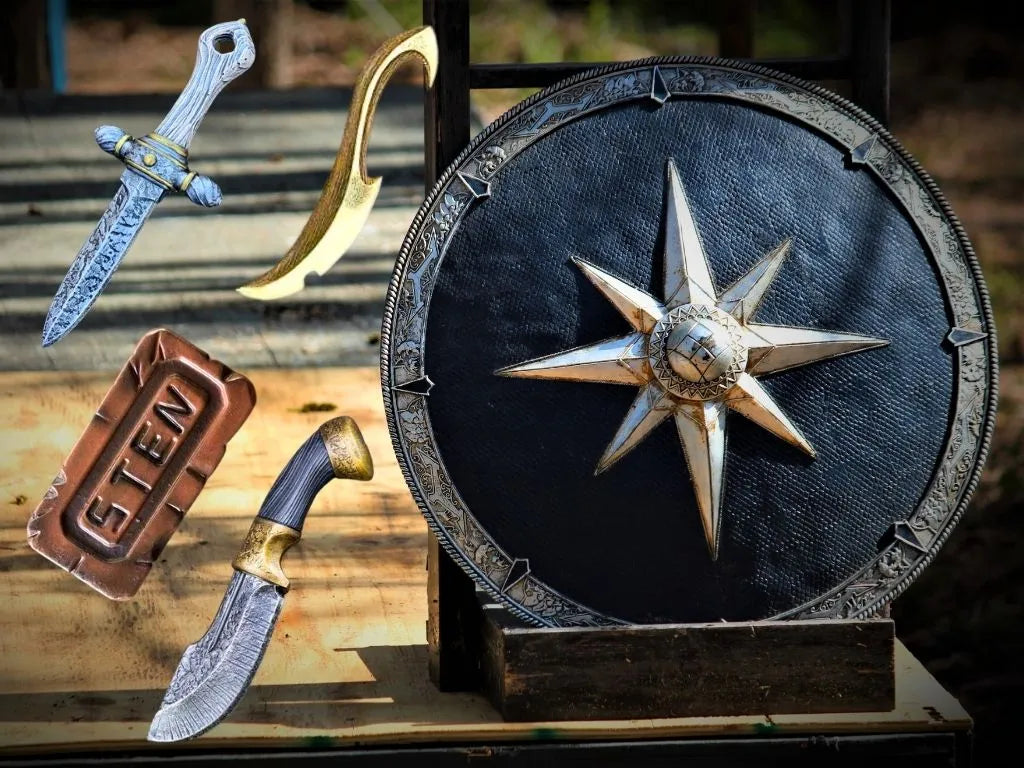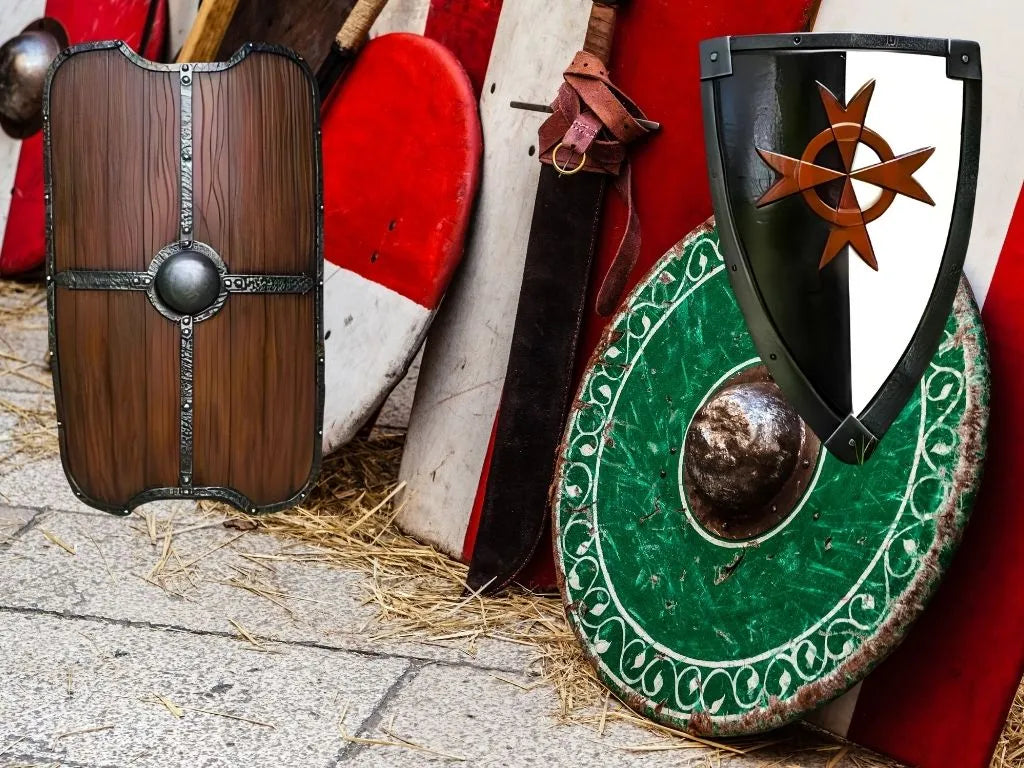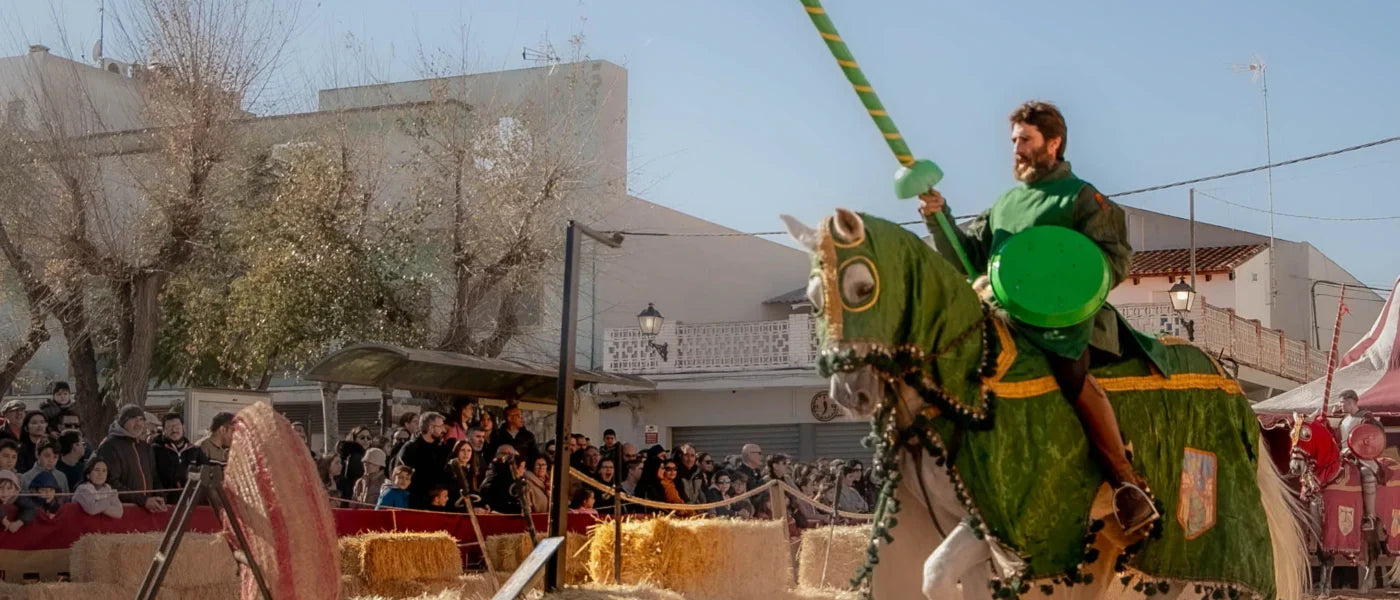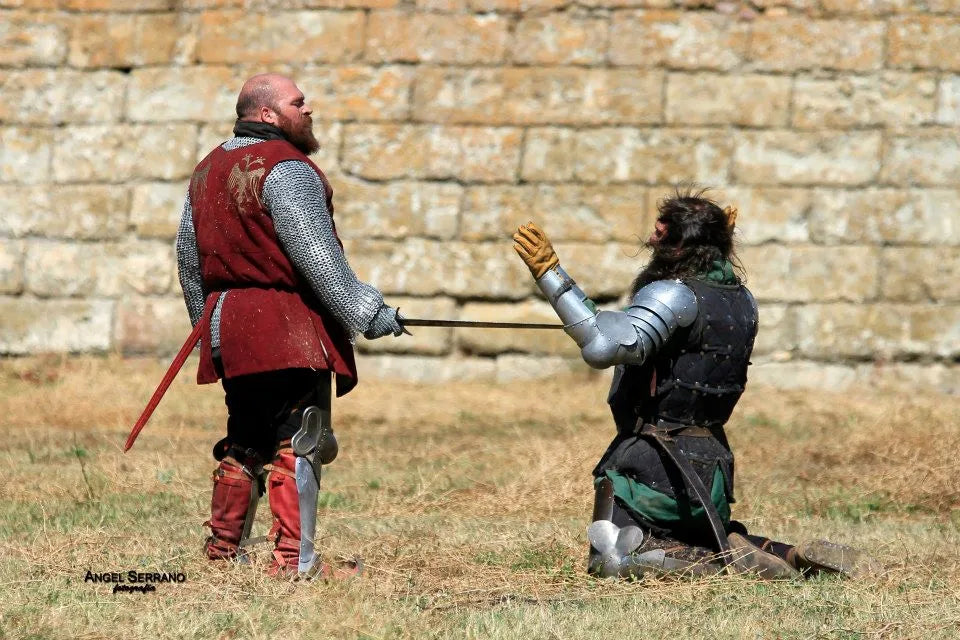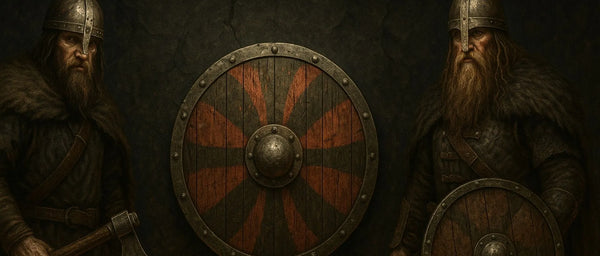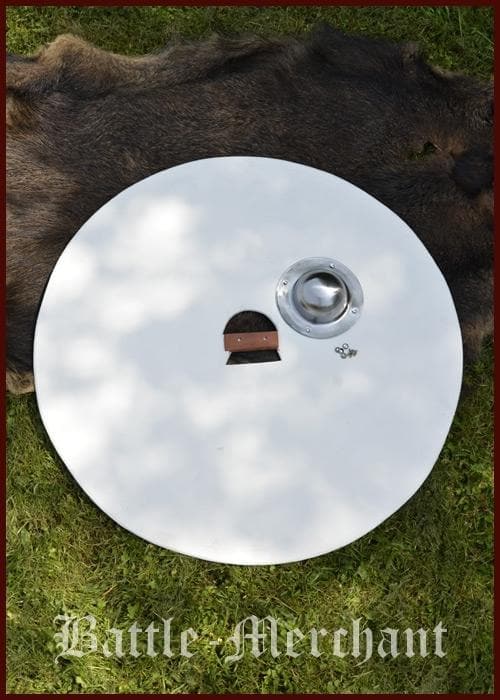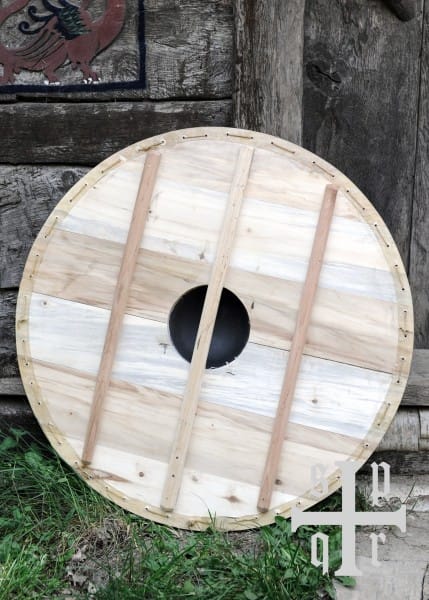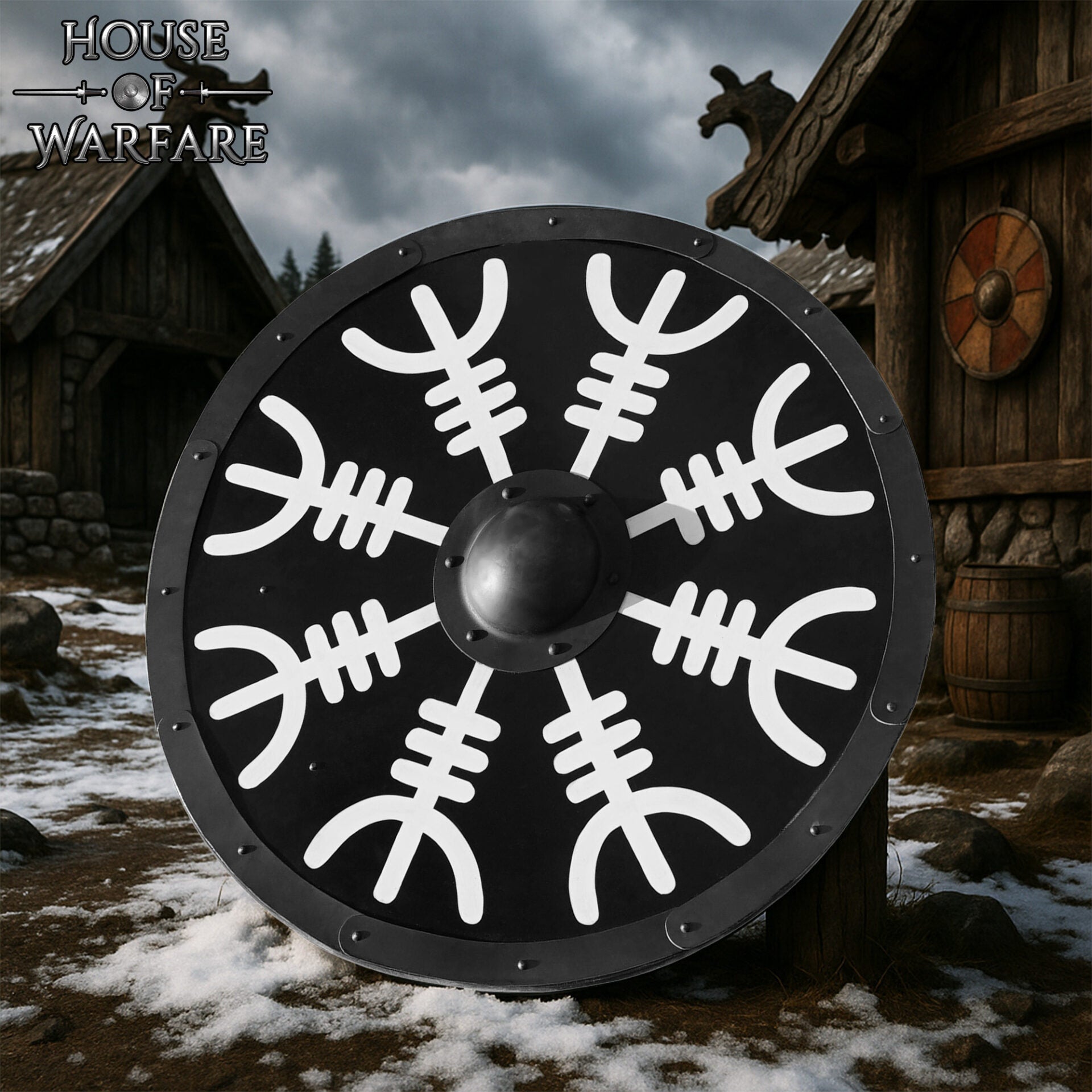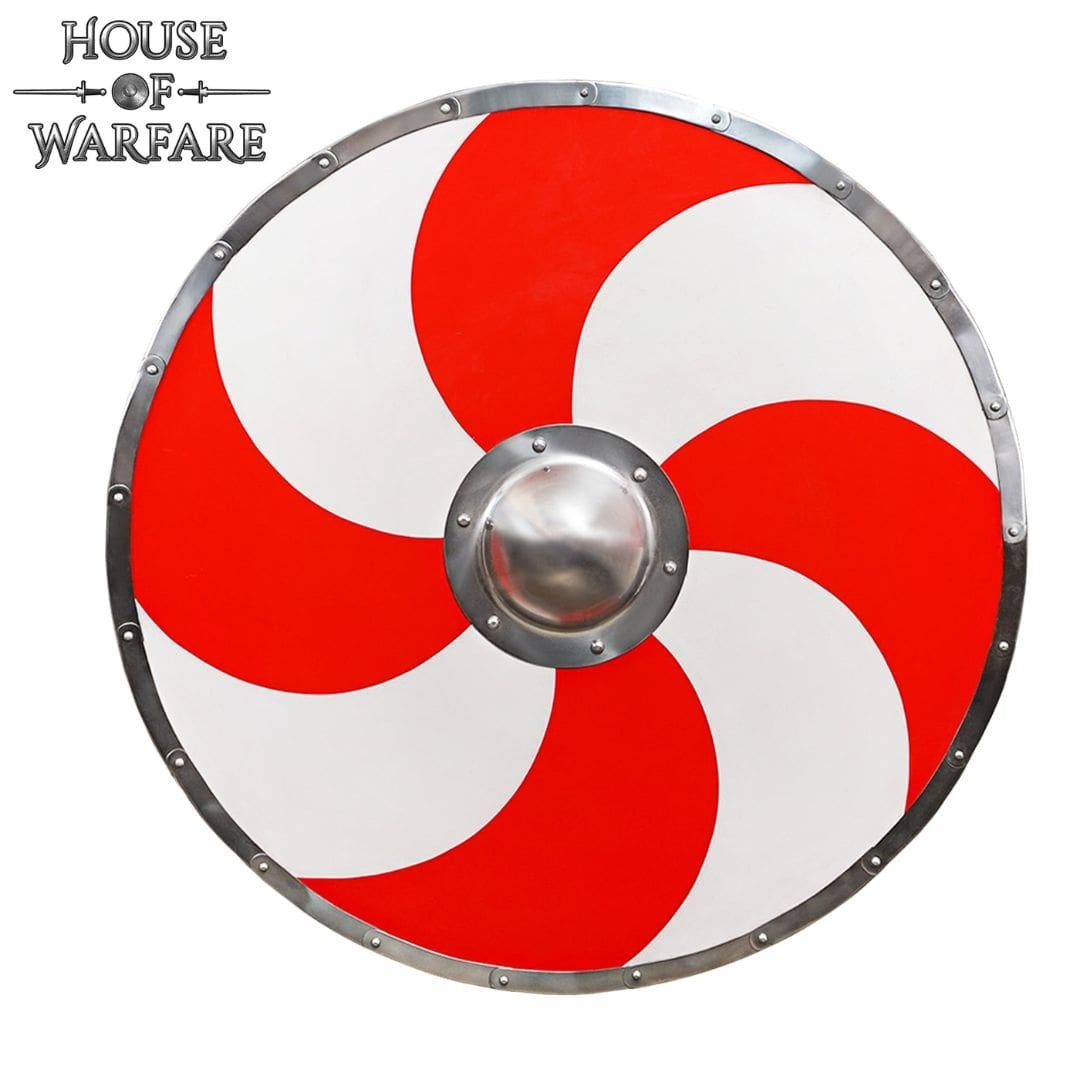Viking Shields Shop
The Viking shields we have for sale are the best catalogue available on the market directly from manufacturers and craftsmen with a long tradition in the manufacture of this type of models. The shield was the most common means of defence for the Vikings and although history speaks of them being made of linden wood, experts have also found Viking shields made of other woods such as fir, alder and poplar. The reason is that these woods are light and not very dense, ideal for holding effortlessly in the hand, in addition to their resistance. The Vikings also reinforced them with leather around the edge and occasionally with iron. The round shields varied in size from smaller (45-120 cm) to slightly larger (75-90 cm), the smallest correspond to the pagan period for the Saxons and the largest are typical of the 10th and 11th centuries.
What other materials did the Vikings use for their shields?
Viking shields were made from a variety of materials, including wood, leather, and metal. Wooden shields were the most common and inexpensive. They were made from hardwood, such as oak or birch, and often had a leather covering for added protection. Leather shields were lighter and more flexible than wooden shields, but were not as protective. Metal shields were the most expensive and heaviest, but provided the most protection. They were made from steel or iron, and often had metal plates in the center for added strength.
Characteristics of Viking shields
- Materials: Viking shields were made from a variety of materials, including wood, leather, and metal.
- Shapes and sizes: Viking shields came in a variety of shapes and sizes, including round, oval, and rectangular.
- Decoration: Viking shields were often decorated with paintings, symbols or runes.
- Uses: Viking shields were used in a variety of situations, including warfare, hunting, and combat.
Reviews
HaritzEs muy divertida para jugar
AlmudenaExcelente producto, muy muy muy recomendable para los seguidores de la saga
AketzaBuen producto, tal y como esperaba. Lo recomiendo
AarónUna espada muy bonita con materiales muy buenos y un precio increíble en relación a la calidad.
AarónMuy buen producto, una calidad perfecta y se nota que está hecho a mano. Completamente recomendado
Juan Antonio100% recomendable cada detalle al milímetro
MariaTodo genial. Envío rápido y el producto de calidad
HectorRecreación increíble de una de las armas que me producen más nostalgia de mi videojuego favorito. Si te gusta Final Fantasy VIII, merece la pena, si te gustan los modelos exóticos de espadas, también.
SAULExelente regalo para fans de Kimetsu no Yaiba. Estampado de gran calidad.
SAULPlaca de madera cortada y grabada al laser con 2 imanes en la parte posterior. Perfecto para regalo.

